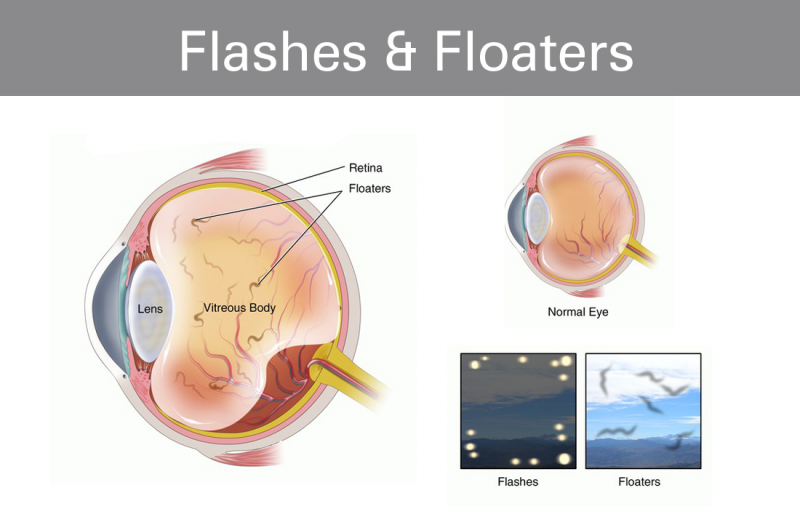Monkeypox Precautions in Personal and Public Spaces
Understanding the Risks: Breaking Down Monkeypox Transmission
As the world grapples with the resurgence of monkeypox, understanding the risks and modes of transmission is crucial for effective prevention and control. In this section, we will delve into the ways monkeypox spreads, highlighting the key risks to watch out for in personal and public spaces.
Close Contact with Infected Individuals
Monkeypox primarily spreads through close contact with an infected person's rash, scabs, or bodily fluids. This means that:
- Direct physical contact, such as touching or shaking hands, can transmit the virus.
- Sharing personal items, like towels, bedding, or utensils, can also facilitate transmission.
- Intimate contact, including sexual activity, can increase the risk of transmission.
Contaminated Surfaces and Objects
In addition to direct contact, monkeypox can also spread through touching contaminated surfaces or objects. This includes:
- Touching surfaces that have come into contact with an infected person's rash, scabs, or bodily fluids.
- Sharing public spaces, such as public transportation, gyms, or restrooms, where contaminated surfaces may be present.
- Handling objects that have been in contact with an infected person, such as clothing, towels, or personal items.
By understanding these transmission risks, individuals can take proactive steps to shield themselves and others from monkeypox in personal and public spaces.
Personal Precautions: Safeguarding Yourself and Others
Protect Yourself from Monkeypox
To minimize the risk of contracting monkeypox, it's crucial to take personal precautions. Here are some essential measures to safeguard yourself and others:
Avoid Close Contact
Avoid close contact, including kissing, hugging, cuddling, or sex, with someone who has monkeypox. This will help prevent direct skin-to-skin contact, which is the primary mode of transmission.
Don't Touch the Rash or Scabs
Do not touch the rash or scabs of an infected person. The virus can spread through contact with lesions, so it's vital to maintain a safe distance and avoid touching the affected areas.
Practice Good Hygiene
Wash your hands frequently with soap and water or use an alcohol-based hand sanitizer. This will help prevent the spread of the virus and keep you protected.
Public Precautions: Navigating Shared Spaces with Confidence
As monkeypox continues to spread globally, it's essential to take proactive measures to shield yourself and others in public spaces. By adopting these precautions, you can significantly reduce the risk of transmission and navigate shared areas with confidence.
Minimize Close Contact
Avoid close contact with people who have a rash that looks like monkeypox. This includes avoiding skin-to-skin contact, intimate activities, or sharing food and drinks. Keep a safe distance to prevent exposure to the virus.
Handle Items with Care
Avoid handling clothes, bedding, or towels used by an infected person. The virus can survive on surfaces for an extended period, and contact with contaminated items can lead to transmission. If you must handle these items, wear gloves and wash your hands thoroughly afterward.
Follow Local Guidelines
Follow local health guidelines and regulations in areas where monkeypox is endemic. Pay attention to public health announcements, and adhere to recommended precautions, such as wearing masks or avoiding large gatherings. By staying informed and compliant, you can contribute to controlling the spread of the virus.
Home Isolation and Infection Control: Protecting Household Members
Monkeypox requires careful management to prevent the spread of infection, especially within household settings. By adhering to the following guidelines, individuals can effectively shield themselves and their loved ones from the virus.
Isolation Precautions
Individuals diagnosed with monkeypox should isolate themselves until the infection has fully resolved. This includes avoiding contact with others, even within their own household, to prevent the spread of the virus.
Limiting Visitors
Friends, family, or others without an essential need should not visit individuals isolating with monkeypox. This precaution minimizes the risk of exposure and transmission.
Ventilation and Cleaning Protocols
Improving ventilation in the home by opening windows and using fans can help reduce the concentration of airborne pathogens. Additionally, following proper cleaning and disinfection protocols is crucial to prevent the spread of infection. This includes regularly disinfecting high-touch surfaces, washing bedding and clothing, and using disposable utensils and dishes.
Staying Informed: Reliable Resources for Monkeypox Guidance
In the face of the evolving monkeypox outbreak, staying informed with accurate and reliable information is crucial to protect yourself and your community. With the abundance of sources available, it's essential to consult reputable organizations for guidance.
Trusted Sources for Accurate Information
For the most accurate and up-to-date information on monkeypox, consult the following trusted sources:
- CDC (Centers for Disease Control and Prevention)
- WHO (World Health Organization)
- Mayo Clinic
Importance of Local Health Advisories
In addition to national and global guidance, stay informed about local health advisories and updates. Local health authorities may have specific recommendations and guidelines tailored to your region's situation.
By staying informed through reliable sources and local health advisories, you'll be better equipped to take proactive steps in shielding yourself and your community from the risks associated with monkeypox.















Comments ()